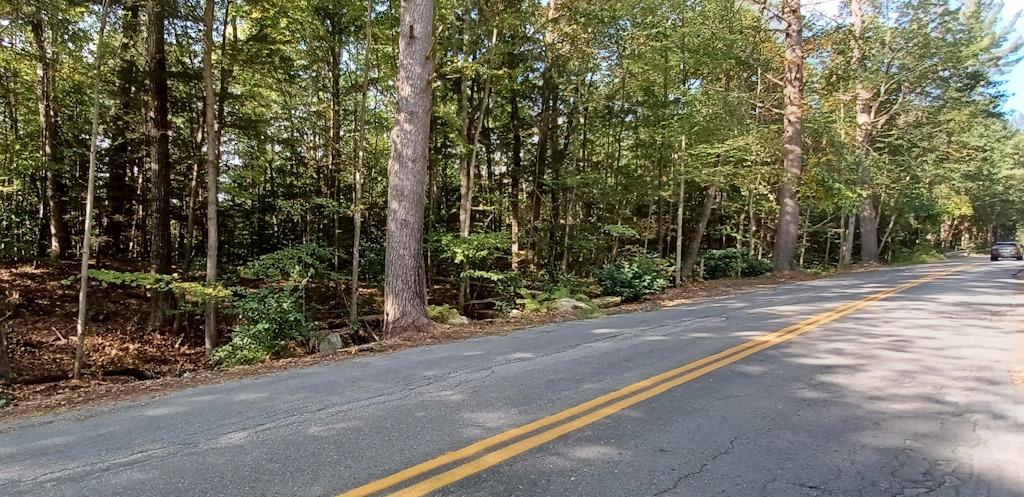Last Monday night I went to NH Department of Transportation’s public meeting concerning our states 10-year transportation plan. This is the instrument that is used for planning infrastructure projects along all the state roads in New Hampshire.
The long and the short of it is, there just isn’t that much money available in our state transportation kitty. The last state gasoline tax increase was in 2014, when it was raised from 18 cents to 22.2 cents a gallon. The additional four cents per gallon was set aside to pay for state and municipal bridges and roads, and to cover the bond payments on I-93.
The average cost of gasoline has only gone up about 12% since 2014. Compare that to the cost of road construction, which has doubled in that time. Meanwhile, the gasoline tax hasn’t moved at all, even as behemoth gas-guzzling trucks are selling at a faster rate than ever.
Those four cents have enabled New Hampshire to have some pretty nice roads in the meantime. I always compare our roads to Massachusetts, where the roads universally suck, I guess because voters in that state choose to prioritize things like education over easy driving.
But New Hampshire’s road-superiority over Massachusetts may be ending soon, as the proceeds of that four cents gasoline tax increase are scheduled to be diverted from paying for roads and bridge construction to cover their other purpose, which is making those the I-93 bond payments.
This financial squeeze being what it is, we are looking at a situation where long-term project planning is having to be slashed. Planning ahead to 2033, there is less than $5 million in available funds to cover projects in all the southwest region of the state.
Three projects were submitted to this program from Keene and Swanzey, but the $5 million will only partially cover one of those projects, which will widen and add multi-modal lanes to Route 10 in Swanzey. The other two projects – both worthy and reflecting transportation and safety needs in our community – have been cut from the planning.
Basically, there isn’t enough in the kitty. A four-cent gasoline tax hike from nine years ago, soon to be diverted elsewhere, is not enough to keep up with the growing cost of pouring concrete and asphalt in 2023, much less 2033.

